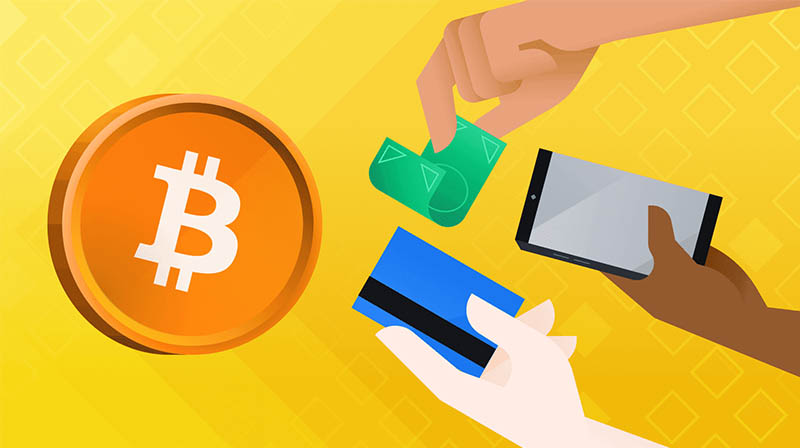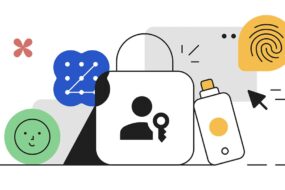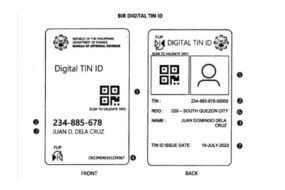
There are many ways to trade digital assets, but the most common one is through centralized exchanges like Binance. However, if you’re not keen on monitoring complex charts and orders, there is another option called Peer-To-Peer (P2P) trading, where you can directly trade with fellow digital asset holders.
In P2P trading, sellers have the freedom to set the price and choose how they want to be paid, while buyers have the flexibility to purchase digital assets at their preferred prices from counterparties.
Over the past few years, P2P trading has grown in popularity due to its benefits, such as global accessibility, multiple payment options, zero transaction fees, and personalized offers. However, it also comes with risks such as threats of violence, scams, and theft.
If you use or plan to use P2P trading in your digital asset transactions, here are some things to take note of:
To best protect yourself while using any P2P trading platform, you need to be aware of the most common scam tactics to avoid falling for them.
Some of the most common P2P scams include fake customer representative and receipt scams. Scammers forge security alerts regarding your account via email and text messages or pretend to be a help representative of the P2P exchange. You may then be redirected to a site that looks identical to the genuine one, and risk leaving behind important account details or digital asset wallet credentials. Similarly, fake receipt scams are instances where scammers digitally manipulate screenshots to deceive you into believing that they have completed their part of the deal—pressuring you to do the same.
Chargeback frauds have also been a cause for concern. This happens when fraudsters file a chargeback request upon completion of a P2P transaction, and report that they have never authorized the fund transfer. This may result in the initial payment being reversed, resulting in a loss of both the digital assets and money.
On top of being aware of common P2P scams, it is important to know how to protect yourself while trading peer-to-peer. Some steps you can take include making it a habit to take screenshots of transactions as proof that they were completed. Other tips include sticking to on-platform communication and verifying completion of transactions before authorizing transfers.

When using any P2P platform, you should not only pay attention to the offer, but also learn to assess the reliability of your potential counterparty. Binance offers a P2P ranking feature, which quantitatively and qualitatively evaluate each P2P participant’s reliability. Each rating summarizes the user’s history on the site, including their transaction volume, results, and reviews from other users. This allows you to understand a potential counterparty’s track record, behavior, and reliability, resulting in more responsible trading on the P2P marketplace.
If P2P traders are unable to resolve an issue with their counterparty amicably, they can also contact customer support for assistance. On Binance P2P, the customer support team will offer prompt responses to help solve any issue that users may face while using the platform.
How exchanges can increase user protection
The goal of P2P exchanges should extend beyond merely connecting buyers and sellers, but to also provide them with a layer of protection through securing transactions and reducing the risk of fraud. Buyers and sellers can browse digital assets advertisements and post their own advertisements while enjoying this protection, made possible by feedback and rating systems.
Since the launch of Binance’s P2P in 2019, Binance has remained committed to improving user’s trading experience and safety. In 2022, it launched the Fund Password feature, a security mechanism that makes transactions on the P2P exchange platform faster and safer. When users enable this function in their account, they can potentially avoid the problem of delayed authentication text messages caused by subpar connectivity or issues with local mobile carriers. This can also facilitate faster release of orders and minimize the chances of users falling prey to phishing SMS messages.
This year, Binance has created a profit and loss (P&L) statement function in an effort to provide users with in-depth overviews of their trades on Binance P2P. By having the ability to view and download historical records of their buy and sell orders, sellers or merchants can evaluate their financial performance or access their trade history for taxation purposes.
Aside from implementing complex and robust security measures across in its ecosystem, Binance also welcome opportunities to engage with policymakers. Through this, Binance can ensure that regulation adequately protects consumers while continuing to cultivate innovation and progress.

















.jpg)






